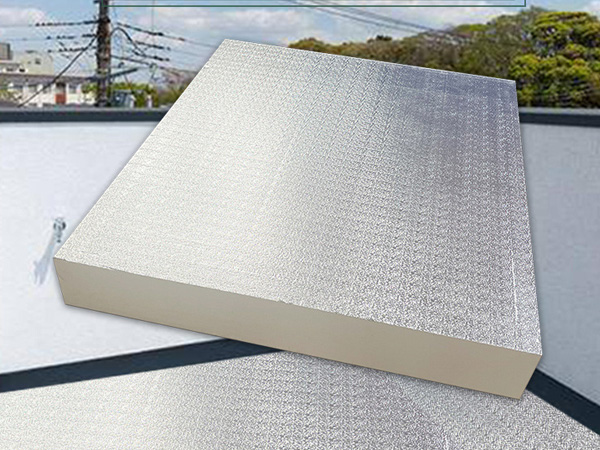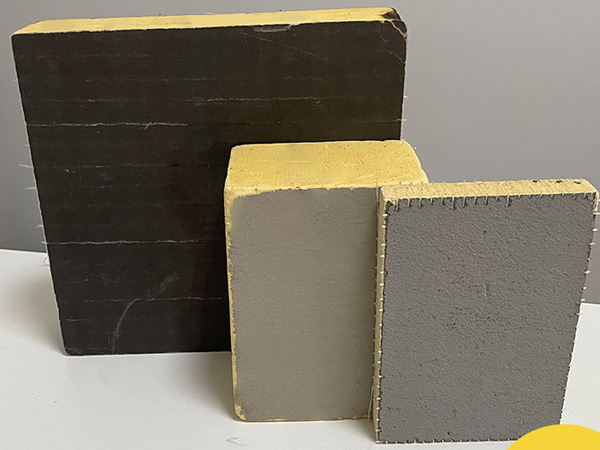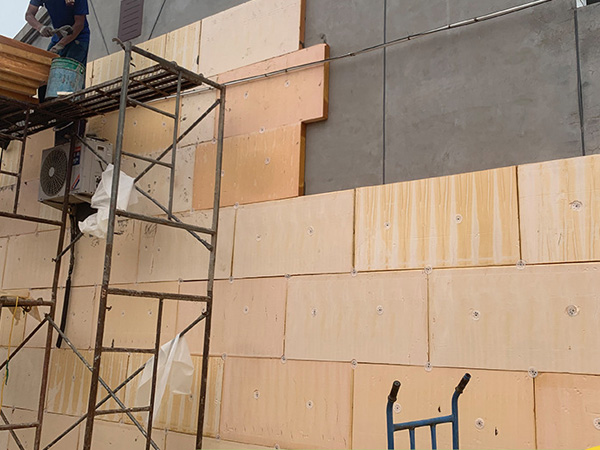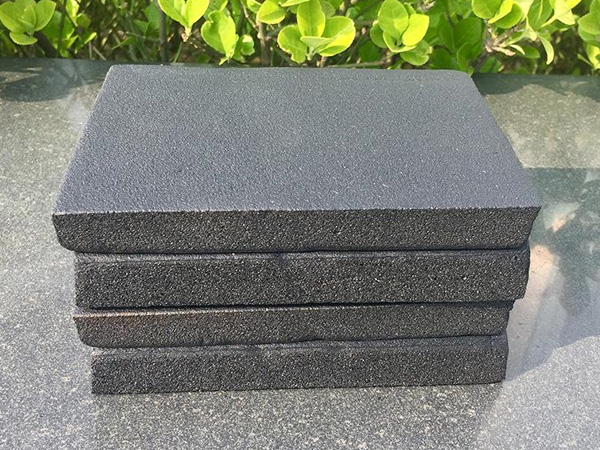The Importance of Exterior Wall Insulation in Enhancing Building Energy Efficiency
2025-11-13 14:32:34
Energy conservation has become one of the core priorities in today’s construction industry. Rising electricity costs, stricter regulations, and sustainability goals have made exterior wall insulation an essential solution for achieving long-term energy efficiency.
As a dedicated exterior wall insulation manufacturer, equipped with large-scale production capacity and bulk supply capability, we understand how properly engineered insulation systems can transform a building’s energy performance while reducing environmental impact.


What Is Exterior Wall Insulation?
Exterior wall insulation involves installing insulation layers on the outer face of a building, then covering them with a protective finish such as render, cladding, or façade panels. This continuous layer of insulation creates a high-performance thermal envelope that prevents heat loss and eliminates cold bridges.
Unlike internal insulation systems that reduce room space and allow heat to pass through structural walls, exterior insulation keeps the wall structure warm, reducing condensation and moisture-related damage. Common insulation materials include:
·Expanded Polystyrene (EPS) and Extruded Polystyrene (XPS) boards for cost-effective performance
·Mineral Wool panels, ideal for fire safety and acoustic absorption
·Phenolic and Polyurethane foams, offering exceptional thermal conductivity
Energy Efficiency Benefits of Exterior Wall Insulation
1.Reduced Heat Transfer and Energy Waste
Exterior wall insulation significantly lowers heat loss through the building envelope. By minimizing thermal transfer, it helps maintain consistent indoor temperatures, which directly translates to reduced heating and cooling costs throughout the year.
2.Improved Indoor Comfort
A stable internal temperature means less reliance on HVAC systems. Insulated walls eliminate cold surfaces and drafts, creating a healthier and more comfortable living or working environment.
3.Elimination of Thermal Bridges
Exterior insulation forms a continuous protective layer, minimizing gaps and preventing heat leakage through structural elements such as beams, window frames, and joints.
4.Enhanced Structural Protection
Because the insulation is placed outside, the building’s structural components are shielded from temperature fluctuations and moisture, extending their lifespan and reducing maintenance needs.
5.Contribution to Sustainable Design
By lowering total energy consumption and associated CO₂ emissions, exterior wall insulation supports eco-friendly building certifications such as LEED or BREEAM, aligning perfectly with global sustainability objectives.
Installation Process and System Design
A properly designed exterior wall insulation system balances thermal performance with durability and aesthetics. The general process involves:
·Cleaning and preparing the existing wall surface
·Fixing insulation boards using adhesive and mechanical anchors
·Sealing joints to block air leakage
·Applying base coat and reinforcement mesh
·Finishing with a decorative façade or weather-resistant render
Attention to detail around corners, openings, and junctions ensures continuous insulation coverage and prevents unwanted air gaps.
Typical Applications
Exterior wall insulation can be applied in a variety of building types:
·Residential buildings – new homes, apartments, and retrofits for older properties
·Commercial complexes – offices, schools, shopping malls
·Industrial structures – storage facilities, factories, and energy-intensive environments
Its adaptability and high energy-saving potential make it a preferred choice for both new and renovated buildings.


Why Source from a Certified Manufacturer
Partnering with an experienced exterior wall insulation manufacturer offers several distinct advantages. A professional manufacturer with advanced production lines and bulk supply capacity can provide:
·Reliable materials tested for fire safety and thermal conductivity
·Custom-cut panels and various thickness options
·Stable production schedules and on-time delivery for large projects
·Technical consultation for installation and system design
By sourcing directly from the manufacturer, construction companies and contractors can ensure consistent product quality, traceable certification, and cost efficiency.
Long-Term Value and Sustainability
Exterior wall insulation provides benefits that go beyond immediate energy savings. Over time, building owners and occupants experience:
·Lower energy consumption and operational costs
·Improved thermal comfort and living quality
·Reduced wear on HVAC systems
·Protection of wall structures from weather damage
·Increased property value and aesthetic appeal
High-quality insulation from a professional production source ensures performance longevity and environmental benefits, making it a key investment for sustainable architecture.
Conclusion
Incorporating exterior wall insulation is one of the most effective ways to enhance a building’s energy efficiency, comfort, and lifespan. It prevents energy loss, protects the structure, and supports green construction goals.
As an experienced exterior wall insulation manufacturer with advanced production facilities and bulk supply capabilities, we are committed to delivering durable, high-performance insulation systems that meet modern building standards.
Whether you are planning a residential renovation or a large-scale commercial project, investing in professional exterior wall insulation is a crucial step toward achieving superior energy efficiency and sustainable construction.
References
GB/T 7714:Alfarawi S, Omar H, El-Sawi A, et al. Thermal performance assessment of external wall construction for energy-efficient buildings[J]. European Journal of Sustainable Development Research, 2022, 6(3): em0189.
MLA:Alfarawi, Suliman, et al. "Thermal performance assessment of external wall construction for energy-efficient buildings." European Journal of Sustainable Development Research 6.3 (2022): em0189.
APA:Alfarawi, S., Omar, H., El-Sawi, A., & Al Jubori, A. (2022). Thermal performance assessment of external wall construction for energy-efficient buildings. European Journal of Sustainable Development Research, 6(3), em0189.

OurFlame Retardant Rubber Foamis a premium closed-cell elastomeric insulation material engi...

OurRubber Pipe Insulationis a high-performance solution designed specifically for HVAC pipi...

Rubber Foam Insulation Sheet – Product Introduction Premium Flexible Insulation for Therm...

Specially engineered for refrigeration applications, ourElastomeric Rubber Insulationprovid...



